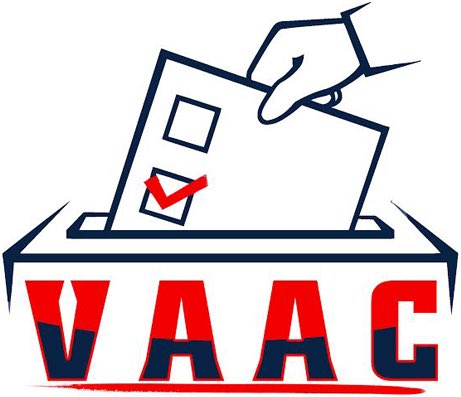Elections are not easy, but localities everywhere in the United States have gotten very good at them. See what it takes to collect, tabulate, certify, and verify votes in our elections, thanks to an article written by Derek Tisler, Elizabeth Howard, and Edgardo Cortés for the Brennan Center for Justice.
Mail-in ballots, early voting ballots, and ballots cast on Election Day are received through the mail, from drop boxes, or hand-delivered. Those ballots are then processed by verifying voters’ eligibility, checking signatures, or checking identity in person.
Individual votes are counted, usually using machines that scan the ballots. Once totals are available, unofficial results may be released. But tabulation is not done. Provisional ballots may still need to be counted in a process that continues days after Election Day.
During these days, voters and election officials can resolve discrepencies and ensure that every vote is counted. Audits and recounts take place, sometimes mandated by law in an automatic process, and sometimes due to discrepancies.
Finally, a complete count is certified. Each state has its own schedule for certification, but certification is mandatory regardless of the outcome. “State officials are required by law to certify the candidate with the most votes as the winner.”
“Stack of Papers” by jenni from the block is licensed under CC BY 2.0 .

Leave a Reply